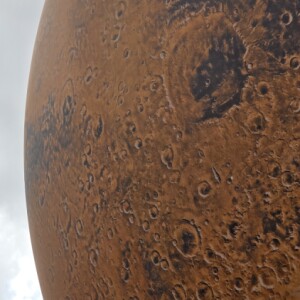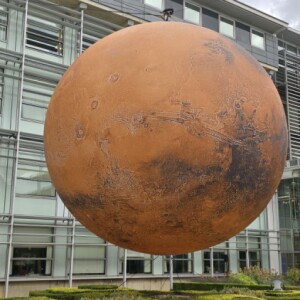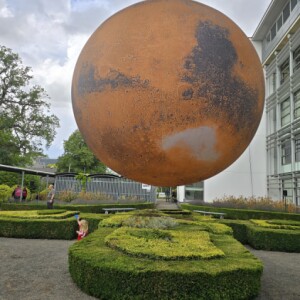Mars
About the event:
As a part of the Milton Keynes ongoing festival, we were again at The Open University today to attend a talk on Mars by Dr Eliot Sefton-Nash, a planetary scientist, who explained how they are investigating the presence of life on Mars. His talk indicated that a space scientist should be a biologist, geologist, hydrologist, and an engineer - space science is very multifaceted and multidisciplinary. He also discussed his next mission to Mars in 2030.
About the photo:
Rosalind Elsie Franklin was a British chemist and X-ray crystallographer. Her work was central to the understanding of the molecular structures of DNA. She, however, was not awarded the Noble Prize and instead three male scientists were given the Noble Prize for DNA.
To honour her memory and her scientific work, the next rover which will be sent to Mars in 2030 is named after her as shown in this slide in the photo.
Some photos in the extras to capture the atmosphere in the auditorium. We looked at Luke's model of Mars again today - I had shared the details of his model with you in yesterday's blip. It has now moved to a church in MK until 27th July.
Background blurb from the website:
The surface of Mars today is the compound result of billions of years of processes that have shaped and altered the surface, but the red planet's rock record preserves a story of how Mars has evolved. Earth and Mars used to be more similar, and maybe, like Earth, Mars harboured niches favourable for the emergence of life.
Elliot Sefton-Nash is a Planetary Scientist working at the European Space Agency. He works on missions to Mars and its moons. His research focusses on analysing data acquired from spacecraft to investigate the context of past and present solar system habitats, and to target sites for future robotic and human exploration.




Comments
Sign in or get an account to comment.


